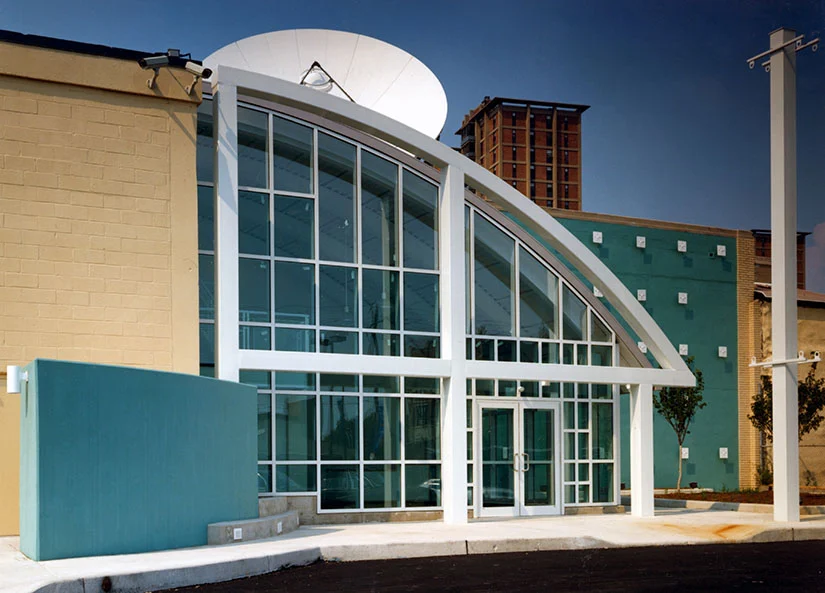Geothermal Heat Pump Basics
Geothermal heat pumps take advantage of the nearly constant temperature of the Earth to heat and cool buildings.

The West Philadelphia Enterprise Center uses a geothermal heat pump system for more than 31,000 square feet of space.
Although climate changes seasonally, several feet below the Earth's surface the ground remains at a relatively constant temperature. The shallow ground, or the upper 10 feet of the Earth, maintains a temperature of 50–60°F (10–16°C). This temperature is warmer than the air above it in the winter and cooler in the summer.
Ground Heat Exchanger
A geothermal heat pump takes advantage of this by exchanging heat with the Earth through a ground heat exchanger. The heat exchanger is a system of pipes called a loop, which is buried in the shallow ground near the building. A fluid (usually water or a mixture of water and antifreeze) circulates through the pipes to absorb or relinquish heat within the ground. Heat pumps work much like refrigerators, which make a cool place (the inside of the refrigerator) cooler by transferring heat to a relatively warm place (the surrounding room), making it warmer.
In the winter, the heat pump removes heat from the heat exchanger and pumps it into the indoor air delivery system, moving heat from the ground to the building's interior.
In the summer, the process is reversed, and the heat pump moves heat from the indoor air into the heat exchanger, effectively moving the heat from indoors to the ground. The heat removed from the indoor air during the summer can also be used to heat water, providing a free source of hot water.
Benefits of Geothermal Heat Pumps
Geothermal heat pumps have many benefits an energy source because they:
- Use much less energy than conventional heating systems, since they draw heat from the ground
- Are more efficient at cooling your home
- Save energy and money
- Are suitable for all areas of the United States.
Additional Resources
Energy Saver: Geothermal Heat Pumps (U.S. Department of Energy)
Geothermal Heat Pumps (U.S. Department of Energy)
Geothermal Heat Pump Case Studies (U.S. Department of Energy)
Energy Kids: Geothermal Heat Pumps (U.S. Energy Information Administration)
Share
Last Updated Aug. 27, 2025
